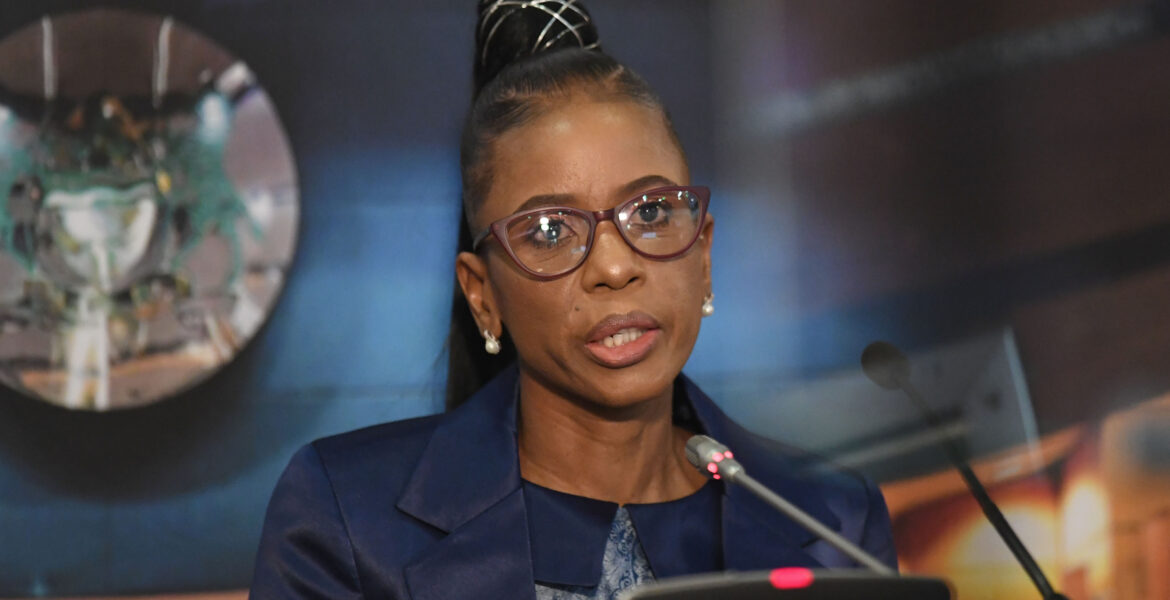- Serame says recovery put Govt Investment Account at P17.8bn in Oct 2022
- States “no effort will be spared to return our fiscal balances to a favourable position”
GAZETTE REPORTER
Because the need to diversify and expand the fiscal revenue base in the face of structural declines in mineral and SACU revenues remains paramount, the Botswana Unified Revenue Service (BURS) will continue to devise measures to improve tax revenue collection, the Minister of Finance, Peggy Serame, said in her 2023 Budget Speech this week.
Initiatives
“In the 2023/2024 financial year, BURS will complete a number of initiatives, including introduction of electronic billing/invoicing platforms to improve VAT compliance; introduction of a digital marking and tracking solution for excisable goods to ensure that legitimate duties and taxes are paid on imported and manufactured products; (and) enhanced capacity in the use of non- intrusive equipment (scanners) to curb cases of non-compliance by importers at ports of entry,” she said.
The finance minister told Parliament that BURS will also implement (a) Debt Recovery Strategy and at the same time strengthen its tax audit function and the capacity of the Large Taxpayers Unit.
“All these efforts are geared towards improving taxpayer compliance and border security, thereby reducing revenue leakages and enhancing collection, as well as strengthening trade facilitation,” Serame noted.
“Other areas that we will focus on in the next financial year include enhancing the revenue-raising capacity of councils and land boards.”
Govt’s net financial asset position
Minister Serame stated that the Government Investment Account (GIA) has shown some recovery over the past year, standing at P17.8 billion in October 2022 compared to P9.8 billion a year earlier.
“However, it is important to note that part of the GIA is accounted for by Special Funds and Deposit Accounts, which have designated uses or are held on behalf of third parties, and hence may not be automatically available for budgetary purposes,” she said.
“Low GIA levels limit the extent to which government can draw on its reserves to finance future budget deficits, leaving borrowing as the main financing option.”
Serame warned that the recovery in the GIA notwithstanding, a long-term view of Botswana’s fiscal position reveals some worrying trends.
Minus 20% of GDP
“Back in 2008, government’s net financial assets – broadly speaking equal to accumulated savings minus public debt – were equivalent to 40 percent of GDP,” she said.
“By 2021, after many years of budget deficits, net financial assets were equivalent to minus 20 percent of GDP as the GIA was substantially drawn down and borrowing increased.
“At the very least, we would like to restore government’s net financial assets to positive territory, with savings at least sufficient to balance our debt. No effort will therefore be spared to return our fiscal balances to a favourable position.”

